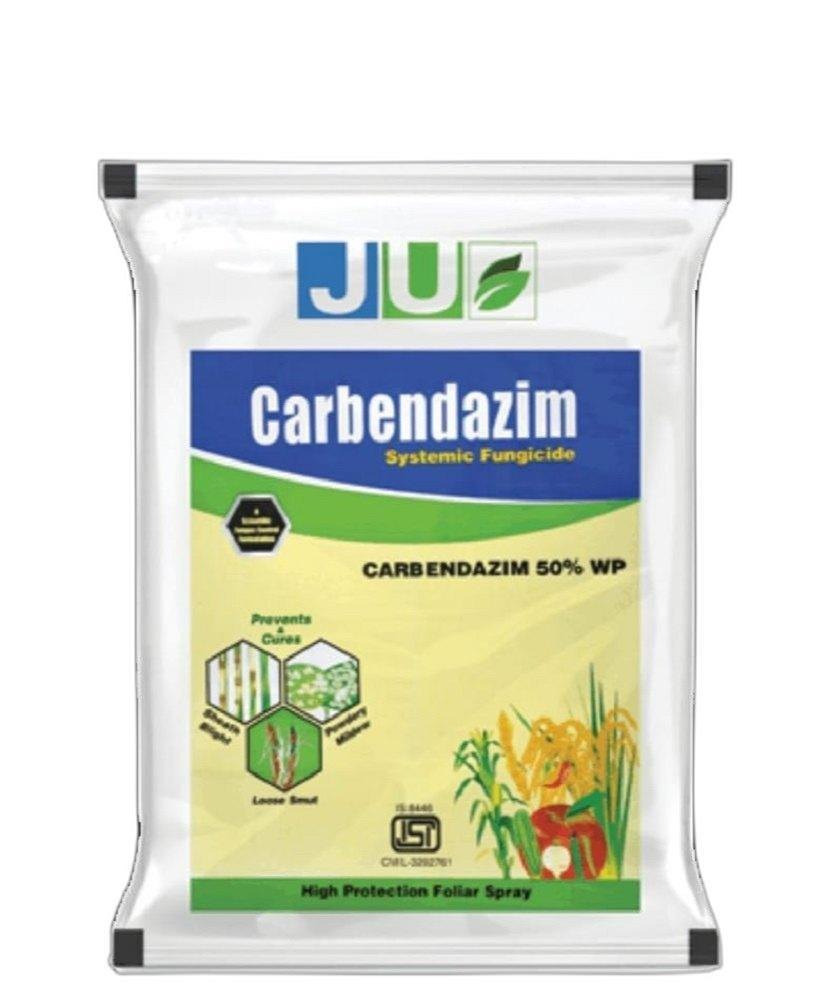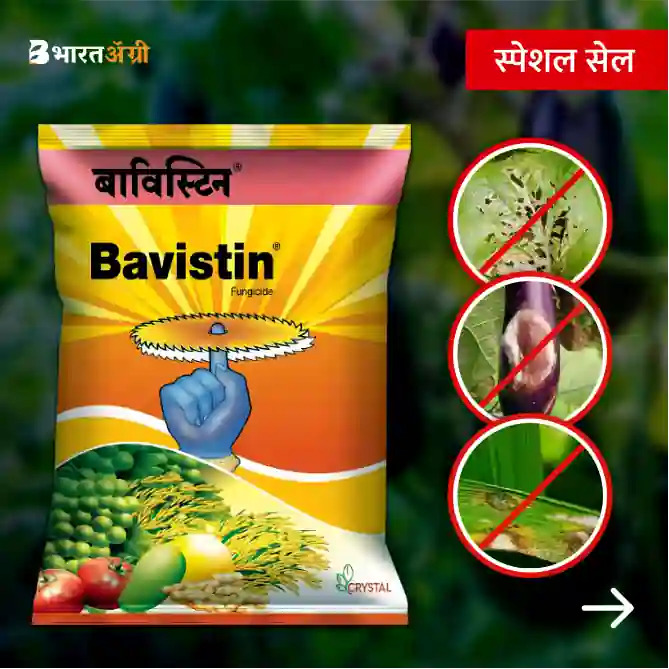Carbendazim fungicide is a widely used agricultural chemical that protects crops from various fungal diseases. Known for its broad-spectrum activity, carbendazim helps maintain plant health, leading to higher yields and better-quality produce. In this article, we’ll explore how to use carbendazim, the types of plants it can be applied to, recommended dosages, and frequency of use. We’ll also delve into its country-wise brand names, pricing, and sources, along with its potential side effects on plants, animals, and humans.
1. What is Carbendazim Fungicide?
Carbendazim fungicide is a systemic fungicide belonging to the benzimidazole group. It works by inhibiting the development of fungi by interfering with cell division. It is effective against a wide range of fungal pathogens, including those that cause leaf spots, blights, and powdery mildew.
Key Benefits:
- Broad-Spectrum Control: Effective against a wide variety of fungi.
- Systemic Action: Absorbed by the plant, providing internal protection.
- Versatile Use: Suitable for multiple crops, including fruits, vegetables, and cereals.
2. How to Use Carbendazim Fungicide

Using carbendazim fungicide effectively requires understanding the proper dosage, application methods, and frequency of use.
A. Application Methods
- Foliar Spray: Carbendazim is commonly applied as a foliar spray, where it is absorbed through the leaves and transported within the plant.
- Soil Drench: For soil-borne pathogens, carbendazim can be applied directly to the soil around the plant’s base.
- Seed Treatment: It can also be used as a seed treatment to protect seedlings from fungal infections.
B. Dosage and Frequency
The dosage and frequency of carbendazim application depend on the type of plant and the severity of the fungal infestation.
- General Dosage: Typically, a 0.1-0.2% solution (1-2 grams per liter of water) is recommended for most crops.
- Frequency: Apply every 10-14 days during the growing season or as soon as the first signs of fungal infection appear.
- Seed Treatment: Use 2 grams of carbendazim per kilogram of seed.
Note: Always follow the manufacturer’s guidelines for specific crops and conditions.
3. Plants Suitable for Carbendazim Fungicide Application
Carbendazim fungicide is versatile and can be used on a wide range of plants. Here are some common applications:
A. Vegetables
- Tomatoes: To control blights and powdery mildew.
- Potatoes: Effective against early and late blight.
- Cucumbers: Used to combat powdery mildew.
B. Fruits
- Apples: Controls apple scab and other fungal diseases.
- Grapes: Prevents powdery mildew and leaf spots.
- Citrus: Effective against black spot and scab.
C. Cereals
- Wheat: Used to control rust and leaf spots.
- Rice: Protects against rice blast and sheath blight.
D. Ornamental Plants
- Roses: Controls black spot and mildew.
- Marigolds: Effective against blight and leaf spots.
4. Country-Wise Brand Names, Pricing, and Where to Buy
Carbendazim fungicide is available under various brand names worldwide. Below is a list of some popular brands, their prices, and where to buy them.
A. United States
- Brand Names: Topsin M, Bavistin
- Price: $20-$30 per 500g
- Where to Buy: Home Depot, Amazon, Walmart
B. India
- Brand Names: Bavistin, Derosal
- Price: ₹200-₹400 per 100g
- Where to Buy: Flipkart, Amazon India, local agro shops
C. United Kingdom
- Brand Names: Dithane, Folicur
- Price: £15-£25 per 250g
- Where to Buy: B&Q, Garden Centre Online, eBay UK
D. Australia
- Brand Names: Fungicide 500, Acrobat
- Price: AUD 30-AUD 50 per 500g
- Where to Buy: Bunnings, Mitre 10, eBay Australia
E. Canada
- Brand Names: Senator, Rovral
- Price: CAD 25-CAD 40 per 500g
- Where to Buy: Canadian Tire, Home Hardware, Amazon Canada
5. Side Effects and Overdose on Plants
While carbendazim fungicide is effective, improper use can lead to negative effects on plants.
A. Potential Side Effects
- Phytotoxicity: Overapplication can cause yellowing of leaves and stunted growth.
- Residue Buildup: Repeated use may lead to fungicide residues in the soil, affecting soil health and future crops.
- Fungal Resistance: Prolonged use can lead to the development of resistant fungal strains, making the fungicide less effective.
B. Overdose Effects
An overdose of carbendazim can cause severe damage to plants:
- Leaf Burn: High concentrations can burn the leaves, leading to defoliation.
- Root Damage: Excessive soil drench can harm root systems, reducing plant vitality.
- Reduced Yield: Overuse may reduce flower and fruit production, impacting overall yield.
6. Impact on Animals and Humans
Carbendazim fungicide, while effective, carries certain risks if not used correctly.
A. Impact on Animals
- Toxicity: Carbendazim is moderately toxic to fish and aquatic life. It should not be used near water bodies to prevent contamination.
- Pets: Dogs and cats may be at risk if they ingest treated plants or come into contact with fresh residues. Ensure treated areas are inaccessible to pets until the fungicide has dried.
B. Impact on Humans
- Acute Exposure: Direct contact with carbendazim can cause skin irritation, eye irritation, and respiratory issues. Protective clothing, gloves, and masks should be worn during application.
- Chronic Exposure: Long-term exposure to carbendazim has been linked to potential reproductive and developmental effects in humans. It is classified as a possible human carcinogen.
- Residue on Food: Ensure proper pre-harvest intervals (PHI) are observed to avoid residues on consumable produce.
7. Conclusion
Carbendazim fungicide is a powerful tool for managing fungal diseases in a wide range of crops. When used correctly, it can protect plants from devastating diseases and improve overall yield. However, it’s essential to follow recommended guidelines for dosage, frequency, and safety to avoid potential side effects on plants, animals, and humans. Always consider local regulations and guidelines for fungicide use, and opt for alternative organic methods where possible to promote sustainable farming practices.
This article provides a comprehensive overview of carbendazim fungicide, offering practical advice on its use, safety, and application in various gardening and agricultural contexts.

